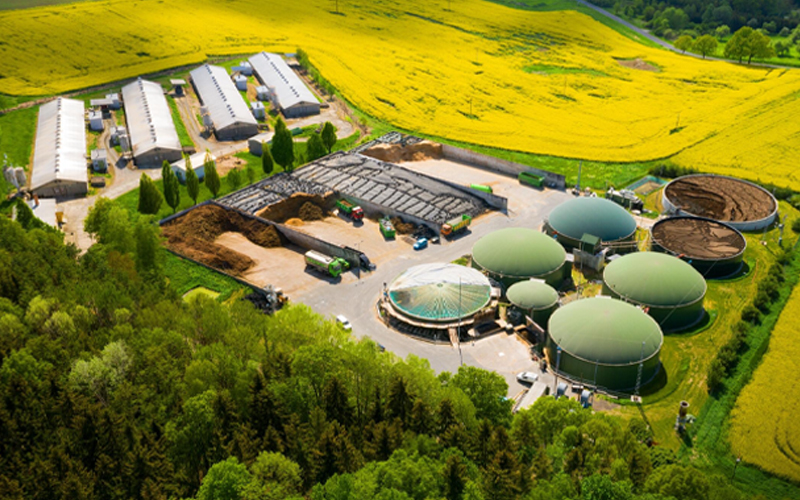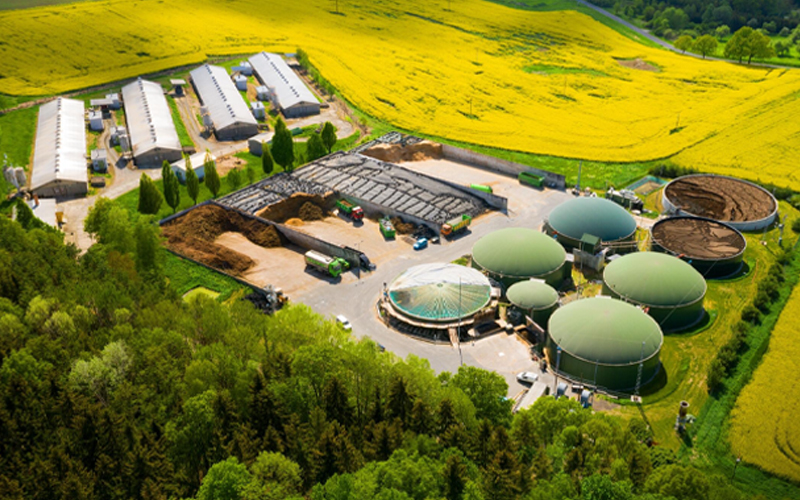With the rapidly growing global pressure to comply with ESG standards, reduce environmental impact, and meet stakeholder expectations, achieving carbon neutrality has become a business imperative. For companies navigating complex sustainability targets and trying to achieve net-zero emission goals, carbon capture technology have emerged as a critical enabler, helping organisations across sectors reduce emissions, build climate resilience, and align with net-zero goals. As businesses worldwide face increasing scrutiny, understanding how decarbonisation solutions and carbon capture technology work in tandem is vital for long-term success.
understanding carbon capture technology
Modern businesses can no longer afford to ignore the impact of industrial emissions. The emergence of carbon capture technology has played a pivotal role in supporting businesses in achieving their carbon emission reduction goals. Carbon capture involves trapping carbon dioxide before it enters the atmosphere, allowing businesses to continue operations while achieving significant carbon emission reduction.
The three key stages carbon capture technology follow include:
capturing carbon at the source
The first step involves separating carbon dioxide from gases produced during industrial processes. Industries like power plants, cement factories, and steel mills often use methods like pre-combustion, post-combustion, and oxy-fuel combustion to extract carbon dioxide directly from exhaust streams."
transporting captured carbon safely
After capturing the carbon dioxide, operators compress and transport it – usually via pipelines or ships – to designated storage sites. This step ensures efficient, secure movement of the gas to minimise environmental risks.
storing carbon securely underground
The last step involves storing the carbon deep underground in geological formations like depleted oil fields or saline aquifers. The choice of location depends on their ability to hold carbon securely for thousands of years, preventing it from re-entering the atmosphere.
role of carbon capture in carbon emission reduction
Carbon capture technology and decarbonisation solutions are not just reactive measures; they are strategic tools that align with global agreements and help future-proof business models. They offer a way forward in:
reducing emissions in hard-to-abate industries
By capturing emissions directly at the source in sectors most difficult to decarbonise – like steel, cement, or chemical, businesses can significantly reduce their carbon output without overhauling existing infrastructure.
supporting clean power and fuel generation
Carbon capture technology also supports the production of low-carbon electricity and hydrogen. This has the potential to accelerate the transition from fossil fuels to cleaner energy, making sustainable power generation viable even in traditionally high-emission settings.
removing carbon dioxide already in the air
Decarbonisation solutions focus on pulling existing carbon from the atmosphere, actively reversing historical emissions and acting as a powerful tool for carbon emissions reduction strategies.
enabling business sustainability
Beyond environmental benefits, carbon capture also helps companies stay ahead of evolving regulations, access new markets, and meet investor expectations. In the long term, these solutions can reduce costs and position businesses as ESG leaders, turning sustainability into a competitive advantage.
Navigating ESG compliance is about more than just reporting; it is about transformation. Infosys BPM brings expertise in AI, automation, and advanced analytics solutions to help businesses adopt decarbonisation solutions that drive real impact. From optimising supply chains to enabling carbon emission reduction, BPM-led transformation supports climate-resilient, future-ready operations.
advanced carbon capture technology
As technology continues to evolve, new and advanced carbon capture and decarbonisation solutions are emerging. Here are some key innovations that are transforming the field:
- Direct Air Capture (DAC): Pulls carbon dioxide straight from the atmosphere, ideal for reversing legacy emissions.
- Power plant carbon capture: Targets emissions from fossil fuel-based energy production, crucial for energy transition.
- Enhanced rock weathering: Accelerates natural mineral reactions that lock away carbon in solid form.
- Amine-based carbon dioxide separation: Uses aqueous solvents to capture carbon dioxide from flue gases, widely used in existing setups.
- Membrane gas separation: Employs selective membranes to separate carbon dioxide from other gases with high energy efficiency.
- Carbon capture and conversion: Transforms captured carbon dioxide into fuels or raw materials, offering circular economy potential.
- Bioenergy with Carbon Capture (BECCS): Combines biomass energy with carbon capture for net-negative emissions.
- Chemical Looping Combustion: Burns fuel without direct contact with air, simplifying carbon dioxide separation and improving efficiency.
- Cryogenic Carbon Capture (CCC): Uses freezing methods to isolate and capture carbon dioxide from gas streams.
- Nanotechnology-based capture: Leverages advanced materials for selective, high-capacity carbon adsorption at reduced costs.
As these decarbonisation solutions continue to become more efficient, affordable, and scalable, the path forward involves integrating them into core business models. With policy support and global collaboration, carbon capture technology could become a cornerstone of industrial decarbonisation, enabling large-scale carbon emission reduction across the globe.
conclusion
Reducing emissions goes beyond just compliance – it safeguards long-term business resilience and stakeholder trust. As the global shift towards net-zero emissions accelerates, carbon capture technology and data-driven decarbonisation solutions will play a defining role. Businesses that focus on carbon emission reduction today will go beyond ESG goals and shape a more sustainable, competitive, and climate-ready future.







